The Flight That Wasn’t Meant to Be
It was a clear afternoon on March 8, 2024, when a Cirrus SR22 took off from Shelter Cove Airport (0Q5) in California, bound for Santa Rosa. With visual conditions and no weather threats in sight, the scene seemed ideal for a routine personal flight. The pilot, a 38-year-old private certificate holder with about 700 total flight hours—540 of those in the SR22—had flown only 2 hours in the last 30 days. His last flight review had been completed in July 2023. While not flying frequently, he felt confident enough in his preflight checks that day to head out with two passengers aboard.
Trouble in the Climb
About ten minutes into the flight, as the SR22 climbed through 2,600 feet MSL, the tranquility shattered. The engine suddenly sputtered—then went silent. The pilot quickly sprang into action. He switched fuel tanks, turned on the electric boost pump, and adjusted the mixture and throttle in a desperate attempt to bring the Continental IO-550-N engine back to life. But nothing worked.
Realizing the seriousness of the situation and with densely forested terrain below, he made the call to deploy the Cirrus Airframe Parachute System (CAPS)—a decision that would likely save their lives.
Hanging by a Thread
The aircraft descended under the parachute canopy, its white fabric stark against the green of Northern California’s forest. Initially suspended in the trees, the airplane soon fell to the ground and came to rest inverted. All three occupants survived—the pilot and one passenger with minor injuries, and one passenger unharmed.
What Went Wrong?
Postaccident examination offered a sobering insight. Investigators found 26 gallons of fuel in the left wing—but none in the right. The airframe fuel strainer showed no debris, and all controls appeared to be working. The engine, despite the crash, remained intact and operable. When manually rotated, the crankshaft turned smoothly, with good compression on all cylinders.
Then came the telling discovery: a liquid inside the fuel flow manifold that tested positive for water.
There were no preaccident mechanical failures, no broken parts, no clogged filters. The culprit, as simple as it was dangerous, appeared to be water-contaminated fuel—a silent saboteur that made its presence known only when it was too late.
The Missed Step
The pilot conducted a preflight inspection that morning, visually checking the fuel level. But he couldn’t recall whether he’d actually taken a fuel sample. That tiny omission—just a few minutes of skipping a sump check—may have set in motion the chain of events that led to a parachute descent and a totaled airplane.
Experience Meets Rust
With 540 hours in the SR22, the pilot was no stranger to the aircraft. But he hadn’t flown much in the months leading up to the accident—just 10 hours in the prior 90 days, and only 2 hours in the last month. Flying skills, like muscles, fade with disuse. And as any pilot knows, recency of experience plays a major role in decision-making sharpness.
Even more crucially, infrequent flying can lead to complacency in routine checks. The water contamination wasn’t likely to have been visible through a fuel cap. Only a sump test would have revealed the threat.
A Life-Saving Decision
Despite the mistake, the pilot made one excellent call under pressure: pulling the CAPS handle. That one action likely prevented a far more tragic outcome. It’s a testament to the value of safety systems—and the presence of mind needed to use them when things go wrong.
Lessons from the Canopy
This incident is a stark reminder of the basics: never skip the fuel sample. It’s easy, especially on familiar flights and clear days, to fall into routine and gloss over steps that feel redundant. But water in the fuel is a silent killer—it doesn’t rumble, it doesn’t shake the aircraft. It simply waits, inert, until it stops your engine cold.
It’s also a reminder to keep your flying skills sharp. The more time that passes between flights, the more deliberate you need to be in your preparation. Mental checklists, emergency procedures, and even routine steps like fuel sampling deserve full attention—especially when you haven’t been in the left seat regularly.
The Big Picture
The Cirrus SR22 is known for its advanced safety features and performance, but no amount of technology can replace the fundamentals of good airmanship. The parachute worked. The structure of the airplane protected its occupants. But it was a basic lapse—a missed fuel check—that nearly cost three lives.
The pilot walked away. His passengers walked away. But the aircraft didn’t. It’s a lesson worth reflecting on the next time you’re standing on the tarmac, fuel sampler in hand. Take the extra minute. Check the sumps.

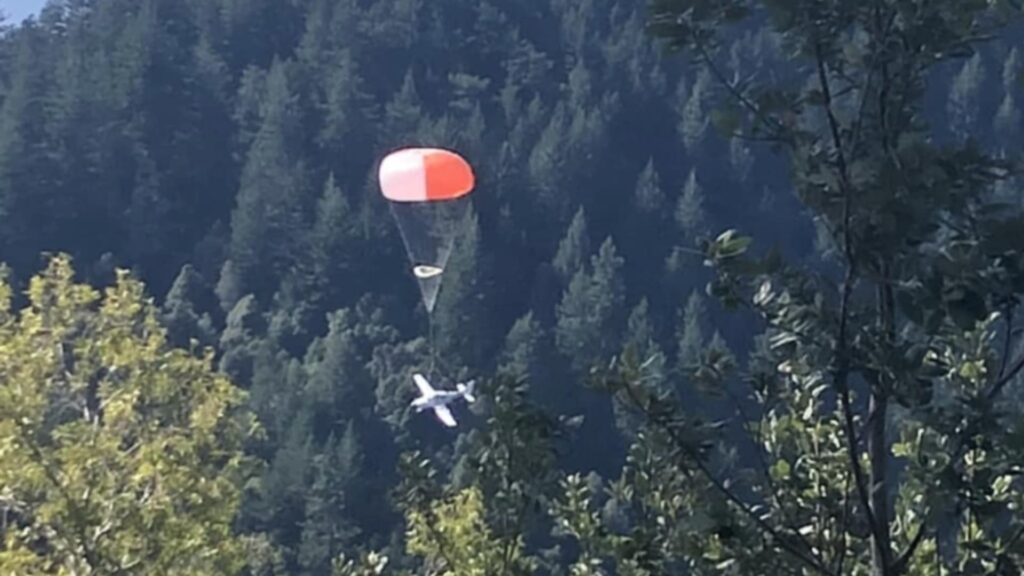




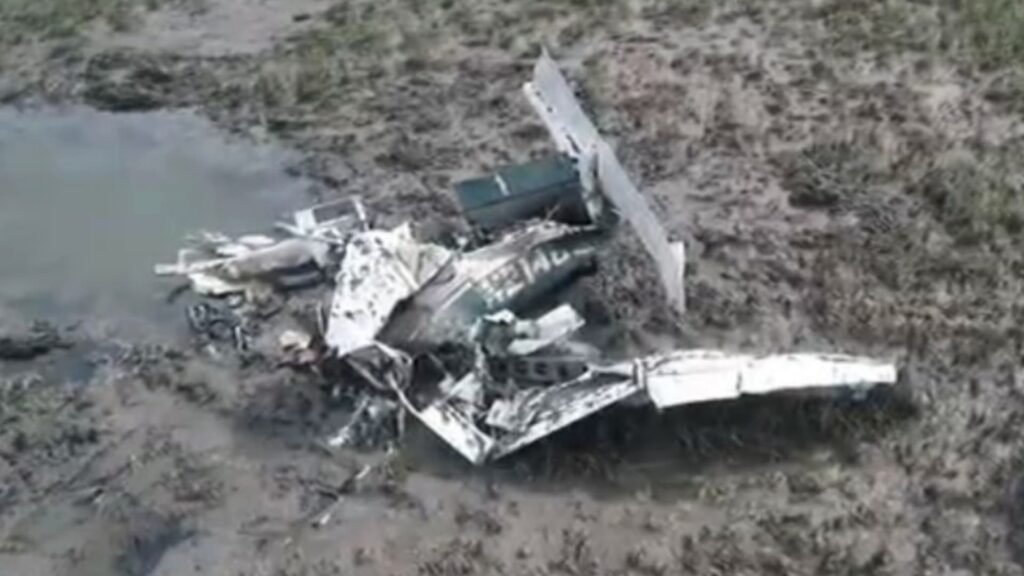
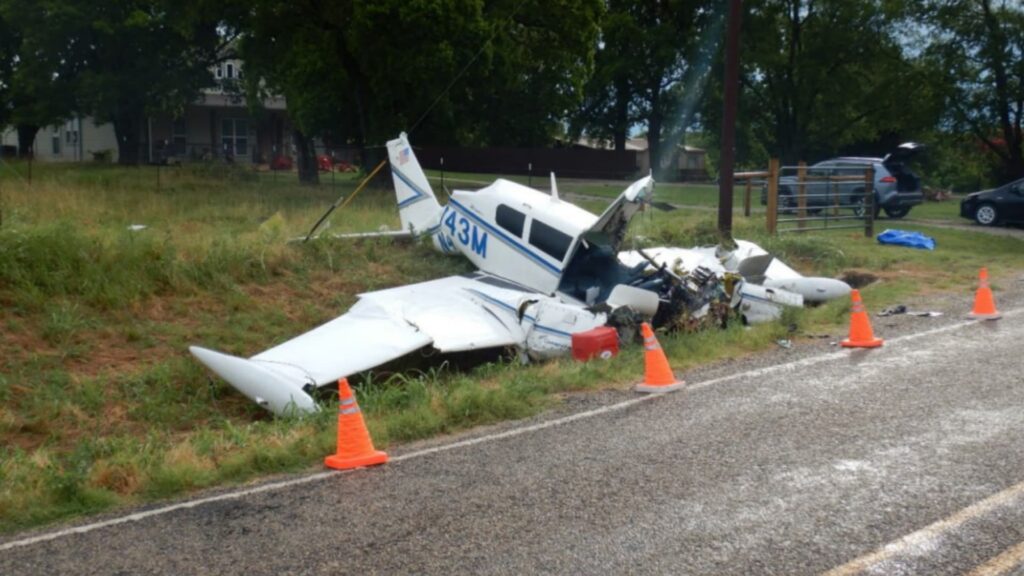
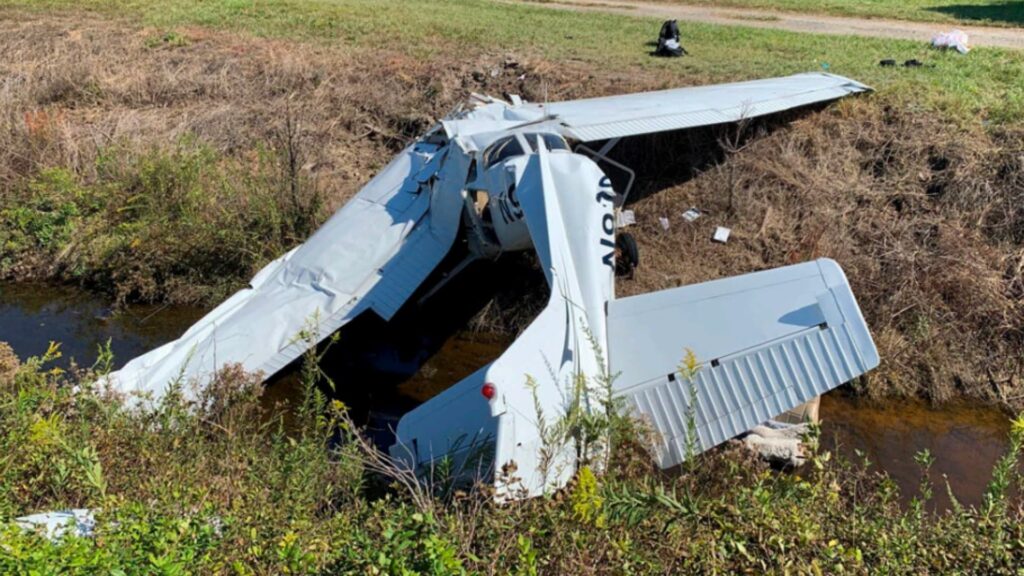
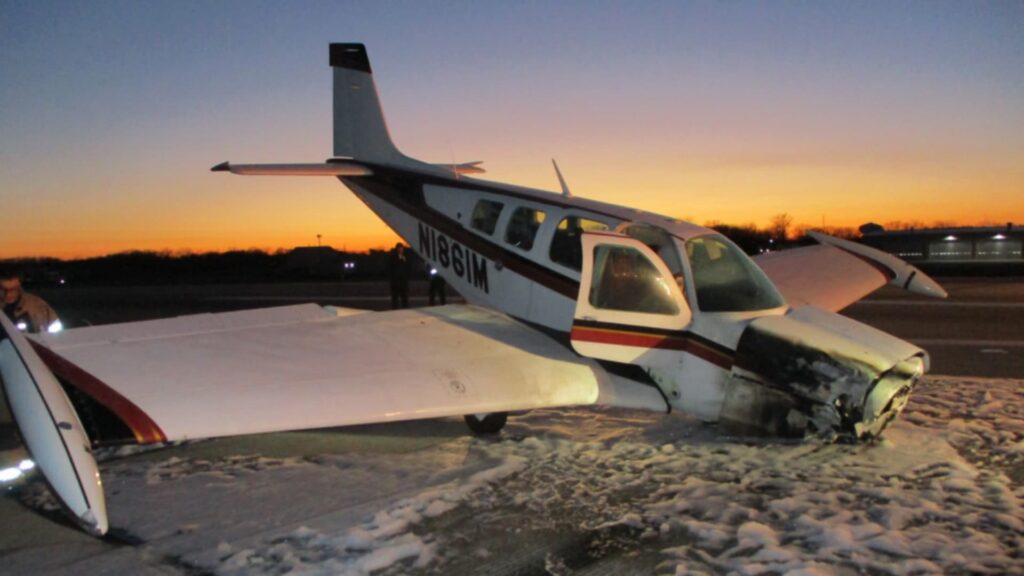
3 Comments
Hi Hoover, I love all your articles and they really promote aviation safety. I fly a V35B and every flight I recall some information that I have learned from you,
Big thanks
Daniel
Finding 26 Gals of fuel in one tank and the other dry seems odd. Worse, when the engine stopped there was nothing to switch to. As for not taking one extra to check the fuel sump, that was just plain negligent. When you decide to carry passengers, that should call for the pilot to be extra careful with every element of a flight. Just my way of thinking.
Learning from other’s mistakes. There’s no better way to learn. I recommend you to every pilot I meet and most recently to a young pilot just off to aviation school.
You provide a service that one can’t put a price on. And stories are what stick in our minds the best. Facts are great, but when they become part of a story, we will remember them, potentially, for the rest of our lives.
Thank you so much.
Christopher